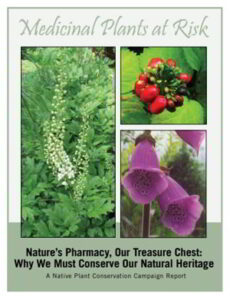Explore the Impact: Effects of Deforestation on Our Planet
Imagine a world where lush green forests, like nature’s grand theaters, are the backdrop to our planet’s story. Now, picture those trees disappearing one by one. That’s deforestation, a big change in our natural tale. Several effects of deforestation are out there.
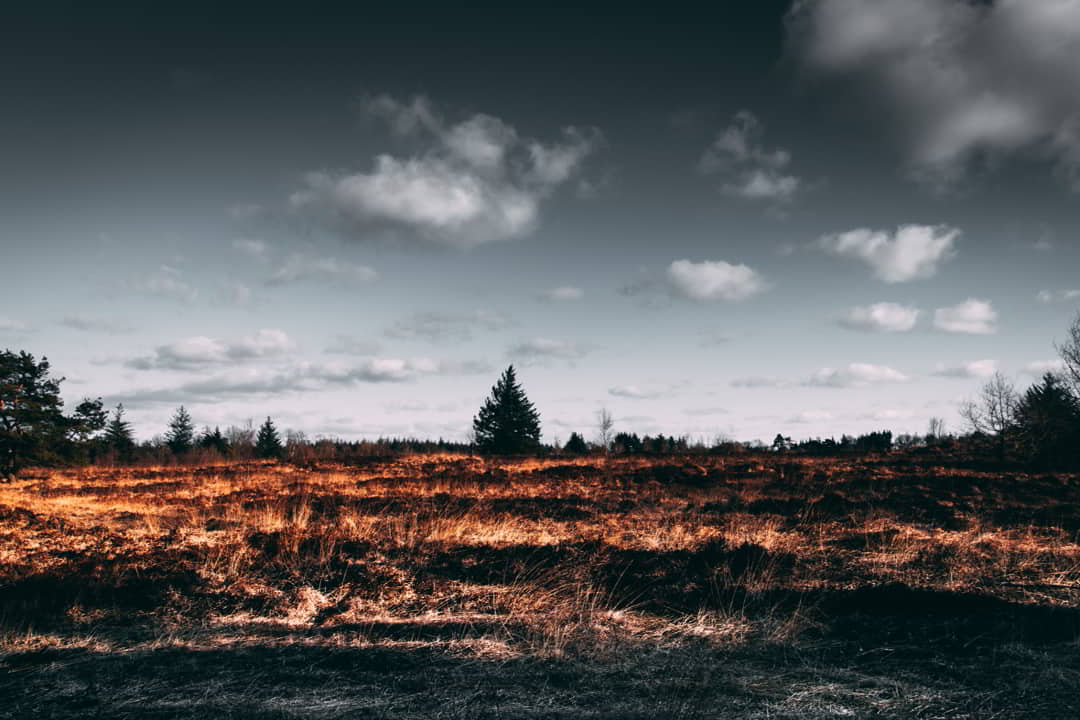
But it’s not just about missing trees; it’s about a ripple effect. Just like throwing a stone in a pond and watching the waves touch everything around it.
According to data from the Food and Agriculture Organization (FAO), the global rate of deforestation has been alarmingly high. FAO Reports that an estimated 10 million hectares of forest were lost annually between 2015 and 2020.
Table of Contents
It’s a story that goes beyond the loss of leaves. It’s about understanding how our choices shape the vibrant interplay of life on Earth.
In this journey, we’ll explore the effects of deforestation. Such as turning pages in a book that reveals how cutting down trees connects to things like climate change specifically in the largest woodlands globally.
Historical Context
The history of deforestation is deeply intertwined with human civilization. The communities have long relied on forests for resources. The scale and intensity of deforestation have drastically increased in recent centuries.
In the pre-industrial era, human populations engaged in agriculture and small-scale logging, causing localized deforestation.
However, the advent of the Industrial Revolution marked a turning point. The demand for timber, land, and later, effects like industrial-scale agriculture, fueled exceptional rates of deforestation.
Causes of Deforestation
The causes of deforestation are multifaceted, reflecting a complex interplay of social, economic, and political factors.
Some key drivers include:
- Agriculture. The expansion of agricultural activities, including large-scale monoculture, has been a primary driver of deforestation.
- Logging. Timber extraction for various purposes, including construction and paper production, contributes significantly to deforestation.
- Infrastructure Development. Urbanization, road construction, and other forms of infrastructure development often require the clearing of large forested areas.
- Fire. Deliberate or accidental fires, often set for agricultural purposes, can quickly escalate and result in extensive forest loss.
- Mining: Extraction of minerals and other resources from forested areas can lead to access destruction and soil degradation.
Understanding these major causes is crucial for mitigating the effects of deforestation.
Causes of Deforestation
It is a narrative woven with both the threads of human choices and the silent cries of the environment. As we explore the causes of deforestation, recognize the impact of…
As we explore further, it becomes evident that the effects of deforestation extend far beyond the loss of trees, affecting biodiversity, climate patterns, and human communities worldwide.
Consequences of Deforestation
In today’s era, deforestation is one of the most critical challenges. It refers to the clearance of forests and the large-scale removal of trees.
There are several causes explained above for forest depletion. Whatever the causes are, the effects of deforestation are worse. Let’s explore together what and how forest clearance impacts us.
1. Environmental Impacts
The foremost effects of deforestation lie upon the environment. Where biodiversity loss, climate change, and soil degradation are the most influenced.
A. Biodiversity Loss
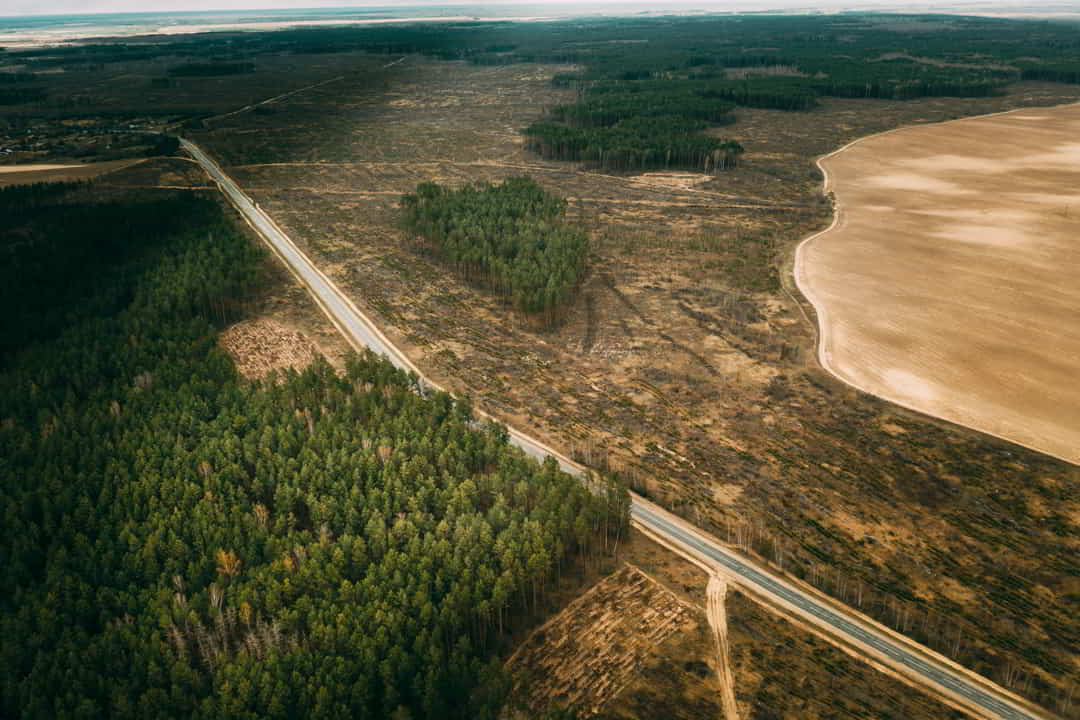
The sprawling effects of deforestation are perhaps in the loss of biodiversity. It is a critical pillar of our planet’s health.
Species Extinction
The rapid decline and extinction of numerous plant and animal species are the rapid impacts of tree loss. Forests provide unique habitats for countless organisms. According to the World Wildlife Fund (WWF), deforestation threatens an estimated 10,000 species yearly.
The complicated web of life in these ecosystems is disrupted, leading to a flood of effects. Birds, mammals, insects, and plants that once coexisted harmoniously now face the risk of disappearing forever. It not only diminishes the beauty of our world but also disrupts ecosystems, that evolved over millions of years.
Disruption of Ecosystems
Beyond individual species, deforestation wreaks devastation on entire ecosystems. Forests are interconnected communities where each organism plays a unique role. It contributes to the overall health and balance of the environment.
As trees are felled and habitats destroyed, the delicate equilibrium is shattered. The consequences ripple through the food chain, affecting predators and prey alike. Pollinators lose their habitats, affecting the reproduction of plants. This domino effect jeopardizes the stability and resilience of ecosystems. It makes them more exposed to diseases, invasive species, and other external pressures.
Desertification
Desertification is when fertile land, once full of life, starts to become dry and dusty, like a spreading desert. The soil loses its sparkle, and everything that once lived there struggles to survive.
According to the United Nations, deforestation contributes significantly to desertification. About 12 million hectares of land, turn into desert-like areas every year due to land degradation, deforestation being a key player. Now, when we cut down trees during deforestation, it’s like tearing down houses in that lively neighborhood.
When trees are removed, the soil loses its best buddies – the roots of those trees. These roots keep the soil moist and protected. Without them, the soil gets straight rays from the sun, rain washes away the top layer, and everything becomes less fertile. Desertification isn’t just about the land becoming dry. It affects communities, animals, and plants. People may struggle to grow crops or find enough water. It ultimately influences agriculture, biodiversity, and soil as a whole.
B. Climate Change

The far-reaching effects of deforestation extend beyond the immediate loss of biodiversity. By influencing global climate patterns and worsening the ongoing crisis of climate change.
Greenhouse Gas Emissions
Forests act as crucial carbon sinks, absorbing carbon dioxide from the atmosphere during photosynthesis. When trees are cut down or burned, this stored carbon is released into the air as carbon dioxide. That contributes to the greenhouse effect and global warming.
According to the Intergovernmental Panel on Climate Change (IPCC), deforestation accounts for approximately 10% of global greenhouse gas emissions. The loss of forests, particularly in tropical regions like the Amazon, significantly contributes to climate change. This release of carbon further intensifies the warming of the planet. It creates a dangerous feedback loop that accelerates environmental degradation.
Altered Carbon Cycle
In addition to emitting carbon, deforestation disrupts the natural carbon cycle. The intricate prom between plants, animals, soil, and the atmosphere is a delicate balance. As forests disappear, this balance is disrupted. The altered carbon cycle affects weather patterns, precipitation, and the overall stability of ecosystems.
The consequences are present globally, with implications for urbanization and the well-being of communities that depend on healthy ecosystems for their livelihoods.
Forest Fires
Deforestation is like taking away the ability of the earth’s lungs to breathe. The more we clear the trees, the higher the risk of something dangerous happening – forest fires. The once-shady forest floor becomes exposed to the sun after the removal of trees. It gets dry and turns into perfect fuel for fires. Plus, without the trees, there’s less moisture in the air, making the forest even more prone to ignition.
Recent years have seen an increase in forest fires globally, and deforestation plays a role in making these fires more severe. For example, in 2020, there were devastating wildfires in places like Australia and the United States, worsened by deforestation-related factors.
Forest fires are not just about burning trees. They displace wildlife, destroy habitats, and even threaten nearby communities. The air becomes filled with smoke, making it hard for people and animals to breathe. The impact worsens the air quality, biodiversity, and soil degradation. Forest fires indirectly affect water quality and agricultural growth.
C. Soil Degradation
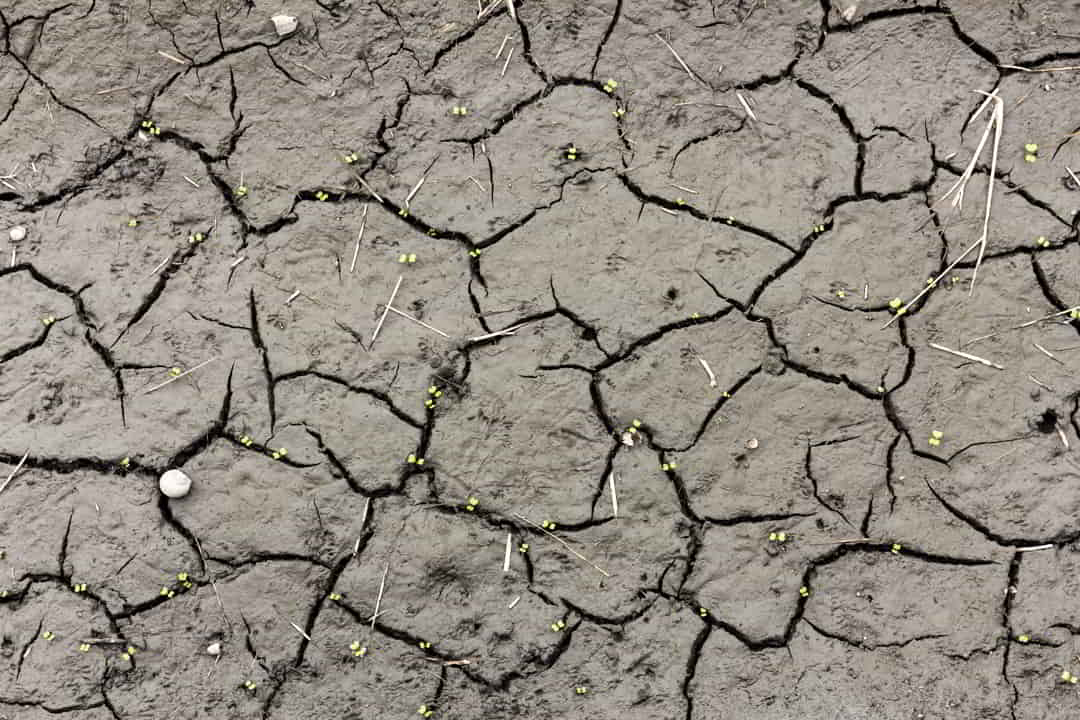
Soil, the foundation of terrestrial ecosystems, is profoundly affected by extensive deforestation. The effects extend beyond the loss of trees, influencing the very soil that nourishes life.
Erosion and Nutrient Depletion
As forests are cleared, the protective cover provided by trees is removed, leaving the soil vulnerable to erosion. Rainfall, wind, and other environmental forces can now act on the exposed soil, washing away the top layer and essential nutrients.
According to the World Bank, deforestation is a leading cause of soil erosion, contributing to the degradation of an estimated 24 billion tons of fertile soil each year. The intricate root systems of trees, which bind the soil together, are no longer there to anchor the ground. This leads to increased exposure to landslides and the loss of valuable topsoil, which is crucial for plant growth.
Nutrient-rich soil is essential for agriculture and sustains the diverse flora that makes up healthy ecosystems. When this foundation is eroded, it threatens the productivity of the land and inhibits its ability to support both natural and agricultural systems.
Impact on Agriculture
The relationship between forests and agriculture becomes evident when we examine how deforestation influences the very lands that sustain our food production.
- Loss of Arable Land. The conversion of forests into agricultural fields often comes at the cost of valuable arable land. While it may seem like an immediate solution, the long-term consequences can be severe. The conversion of forests into agricultural land is a significant driver of land-use change. It impacts the availability of suitable areas for sustainable farming.
- Changes in Microclimates. Forests play a crucial role in regulating local climates. As trees release water that vapor into the atmosphere, they contribute to the formation of clouds. And hence, in the moderation of temperature. Deforestation disrupts these processes, leading to changes in local microclimates. This can result in altered rainfall patterns and more extreme weather conditions. Also impacting crop yields and agricultural practices.
- Reduced Water Quality. The intricate relationship between forests and water extends to the quality of water resources. Forests act as natural filters, trapping pollutants before water reaches rivers and streams. With the loss of trees, the risk of soil runoff and water contamination increases. It negatively affects both aquatic ecosystems and the quality of water available for agriculture.
Cultivating Tomorrow: The Evergreen Legacy of Agriculture
Agriculture is the process of cultivating land, growing crops, and raising livestock. It comprises of preparing plant and animal products and…
The consequences of soil degradation extend far beyond the immediate impact on agricultural productivity and its expansion.
2. Social and Economic Consequences
Deforestation influences our social and economic stability. Where indigenous communities, the global economy, and public health are under threat.
A. Indigenous Communities
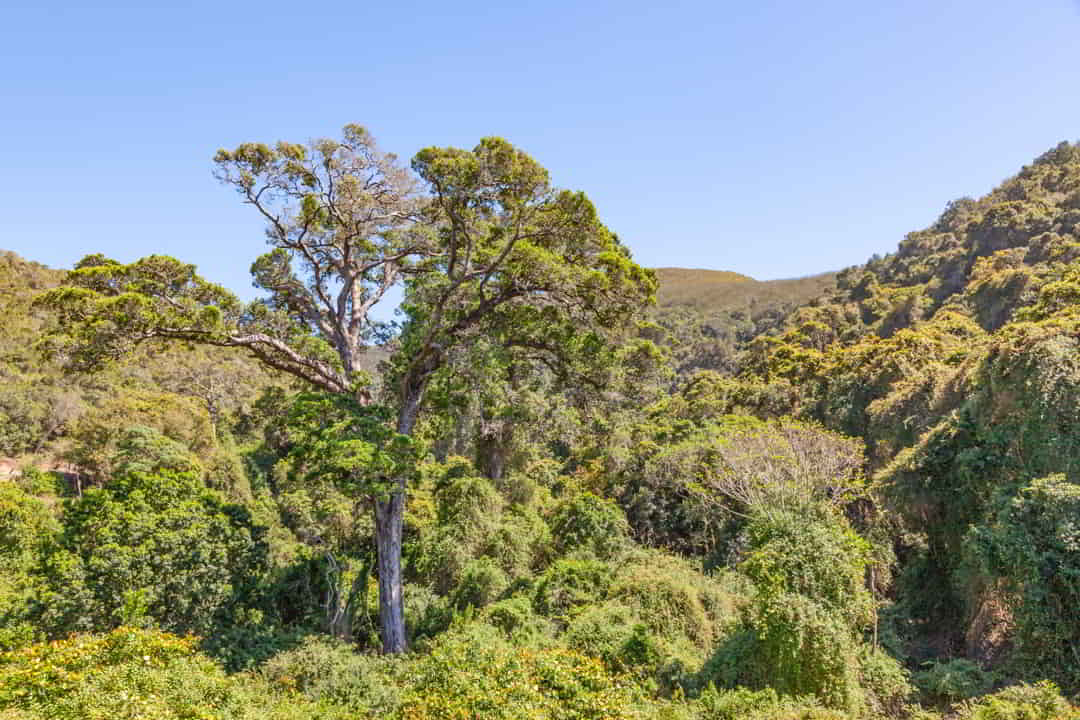
The social fabric of communities, particularly indigenous groups like tribes living in the Amazon, is closely tied to forest ecosystems. They bear a heavy burden as deforestation continues to endanger their being.
Displacement and Loss of Livelihoods
Indigenous communities often inhabit regions rich in biodiversity. They rely on forests for their homes, sustenance, and cultural practices. As deforestation violates these areas, these communities face displacement. According to the World Bank, an estimated 80% of the world’s biodiversity is found on indigenous lands. It makes them particularly vulnerable to the effects of deforestation.
The loss of their traditional lands disrupts their physical homes. It influences their intricate knowledge of sustainable living in harmony with nature. Displacement brings about economic challenges as well. These communities often lose their primary sources of livelihood tied to the forest, such as hunting, and traditional agriculture.
Cultural Impact
The connection between indigenous communities and their surrounding ecosystems goes beyond mere survival. It is deeply rooted in cultural practices, spirituality, and identity. Deforestation disrupts these ties, leading to the erosion of cultural heritage. Traditional knowledge about medicinal plants, and spiritual connections with nature faces extinction along with the loss of forests.
The United Nations estimates that there are around 370 million indigenous people across 90 countries. They emphasize the global significance of preserving their cultural diversity and protecting their rights in the face of deforestation.
B. Global Economy

Deforestation has far-reaching implications for the global economy. It affects industries and resources that extend beyond the borders of the regions directly impacted.
Timber Industry
The timber industry is a significant driver of deforestation, contributing to both economic growth and environmental degradation. According to the Food and Agriculture Organization (FAO), global roundwood production (the total volume of wood harvested) reached 4.56 billion cubic meters in 2020.
Unsustainable logging practices, however, can lead to deforestation, biodiversity loss, and soil degradation. A balance between the economic benefits of logging practices and the sustainability of forests disrupted by forest depletion.
Impact on Water Resources
Forests play a crucial role in regulating water cycles and maintaining the health of watersheds. Deforestation disrupts these processes, leading to altered water flow patterns, increased risk of flooding, and reduced water quality. Tree roots hold the soil intact beneath the surface and the forests maintain the risk of floods low by eliminating the flow speed and intensity of floods.
The impact is not confined to local communities but extends to the global economy. It largely affects industries such as agriculture, energy production, and manufacturing that depend on reliable and sustainable water resources.
C. Public Health

The effects of deforestation exceed environmental and economic realms. It poses significant challenges to public health on a global scale.
Loss of Medicinal Plants
Forests are filled with plants and herbs that have been helping humans heal for centuries. Each tree, leaf, and flower has a special power to make us feel better.
Medicinal plants have the power to ease pain, fight infections, and soothe all sorts of troubles. People have depended on them for ages, and each plant has a unique ability to heal.
Now, when we cut down trees during deforestation, it’s like closing the doors to this natural pharmacy. Many medicinal plants, with their healing properties, are lost in the process.
As forests shrink, many medicinal plants face extinction. The International Union for Conservation of Nature (IUCN) estimates that about 15,000 medicinal plant species may be threatened with extinction worldwide from overharvesting.
Scientists are constantly exploring these green wonders, searching for new medicines and treatments. With deforestation, we risk losing potential cures for diseases that we might encounter in the future.
Air and Water Pollution
Deforestation contributes to air and water pollution through various mechanisms. The burning of forests, a common practice in clearing land, releases pollutants into the air, compromising air quality. Moreover, the loss of trees that act as natural filters can lead to increased sedimentation and pollution in water bodies.
The World Health Organization (WHO) reports that air pollution causes 6.7 million premature deaths annually. It underscores the critical need to address the sources of pollution, including those related to deforestation.
Acidic Oceans
Acidic oceans are like a not-so-fun twist in our underwater experience. When we burn a lot of fossil fuels (like coal and oil), it releases extra carbon dioxide (CO2) into the air. Also, when we cut down trees, especially in areas near the coast, we’re not just affecting the land. Those trees act as guardians, absorbing carbon dioxide (CO2), a gas that can make our ocean a bit sour.
Deforestation is like taking away some essential pieces of this intricate puzzle. By chopping down trees, the stored CO2 in them is released into the air. Some of this carbon finds its way to the ocean, where it combines with water to create carbonic acid. When the water gets more acidic, it can mess up the balance of the whole underwater world.
You Might Like to Read: Climate change skeptics
Coral reefs, which are like bustling cities in the ocean, can struggle to grow. Fish and other sea life that rely on these vibrant reefs might find it tougher to survive. The connection is part of a bigger puzzle where changes on land impact the delicate balance of the ocean.
Vector-Borne Diseases
These are the diseases that are transmitted to humans and other animals by blood-feeding anthropods such as mosquitos, ticks, and fleas. Changes in ecosystems resulting from deforestation can alter the distribution and abundance of disease vectors.
Battling Deforestation: Solutions for a Greener Earth
These solutions aim to repair and protect the essential ecosystems that support life on Earth. Let’s dive into these deforestation solutions in addition to stopping the destructive trend…
The clearing of land for agriculture or settlements can create breeding grounds for these vectors, increasing the risk of diseases like malaria, dengue fever, West Nile virus, and Zika virus. The impact of vector-borne diseases is not limited to local populations but has global implications. The spread of diseases can transcend borders, affecting both developed and developing nations.
Concluding Remarks
In our exploration of the effects of deforestation, we’ve unveiled an array of interconnected challenges that extend far beyond the loss of trees.
From the immediate impacts on biodiversity to the broader consequences for climate, soil, and human communities, it poses a complex and urgent threat to our planet.
We’ve witnessed how species face extinction, ecosystems crumble, and Indigenous communities experience displacement. They lose not only their homes but also their cultural heritage.
The far-reaching effects ripple through the global economy, impacting industries and water resources. Public health, too, is not spared, as air and water pollution escalate, and the risk of vector-borne diseases grows.
As we navigate these challenges, it’s evident that deforestation is not merely an environmental issue; it’s a multifaceted crisis that requires comprehensive solutions.
The interconnectedness of social, economic, and environmental aspects underscores the need for collaborative efforts on a global scale.
FAQs
Clear-cutting of trees for agriculture and logging practices are the major problems for deforestation. Specifically in tropical rainforests like the Amazon Basin.
Deforestation can be controlled by implementing sustainable forestry practices. Specifically by promoting reforestation, and enforcing strict regulations against illegal logging.
The rapid deforestation of the Amazon rainforest is a prominent example.
Deforestation occurs globally but is particularly prevalent in tropical regions. Such as the Amazon, Southeast Asia, and Central Africa.
Deforestation has been happening for centuries with the civilization. However, the accelerated rates began during the industrial era.
Trees are being cut for timber, agricultural expansion, urban development, and to make way for infrastructure projects.
Approximately 15 billion trees are cut down annually, translating to about 41 million trees per day.
Brazil has consistently ranked among the countries with the highest rates of deforestation. Primarily due to activities in the Amazon rainforest.
Natural deforestation (wildfires) and human-induced deforestation (logging, agriculture).
On average, a mature tree can produce enough oxygen for two to ten people annually. The amount varies by species and environmental conditions.
References
- The State of the World’s Forests, 2020 Report by FAO
- Deforestation and Forest Degradation, Statistics by WWF
- Climate Change and Land, 2019 Report by IPCC
- Wildfires – A Growing Concern or Sustainable Development, 2021 Statistics by the United Nations
- Forest Product Statistics, 2020 by FAO
- Therapy for Medicinal Plants by IUCN
- Household Air Pollution by WHO
